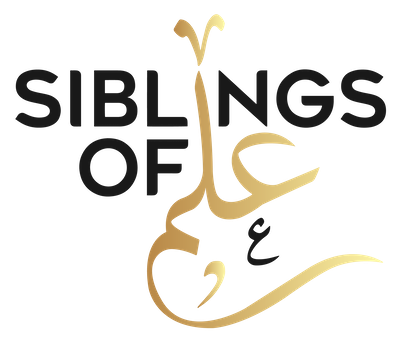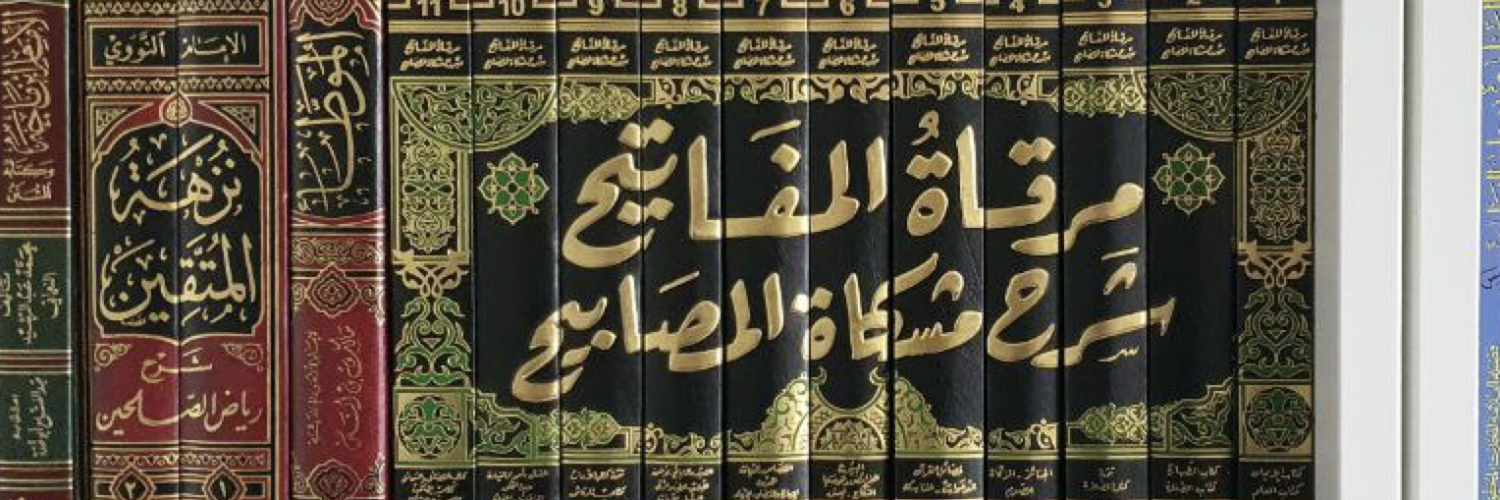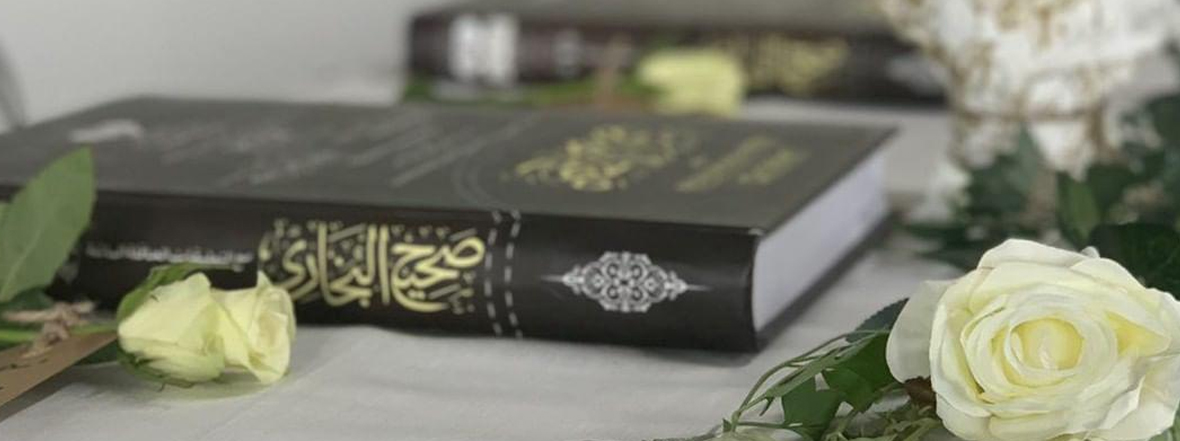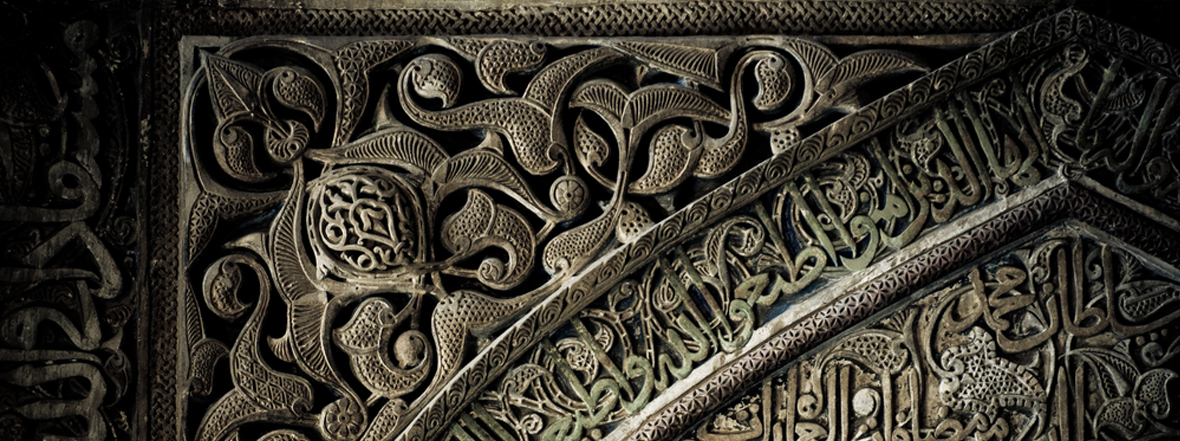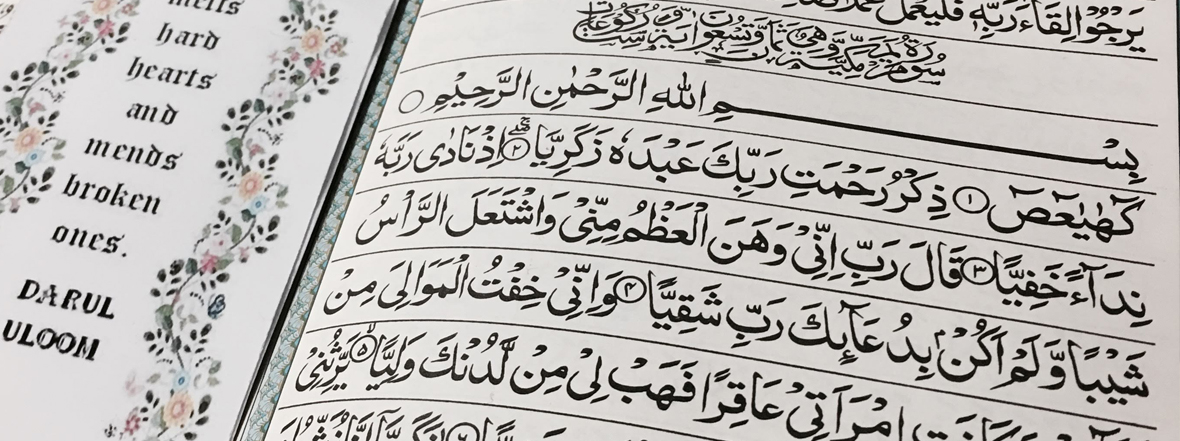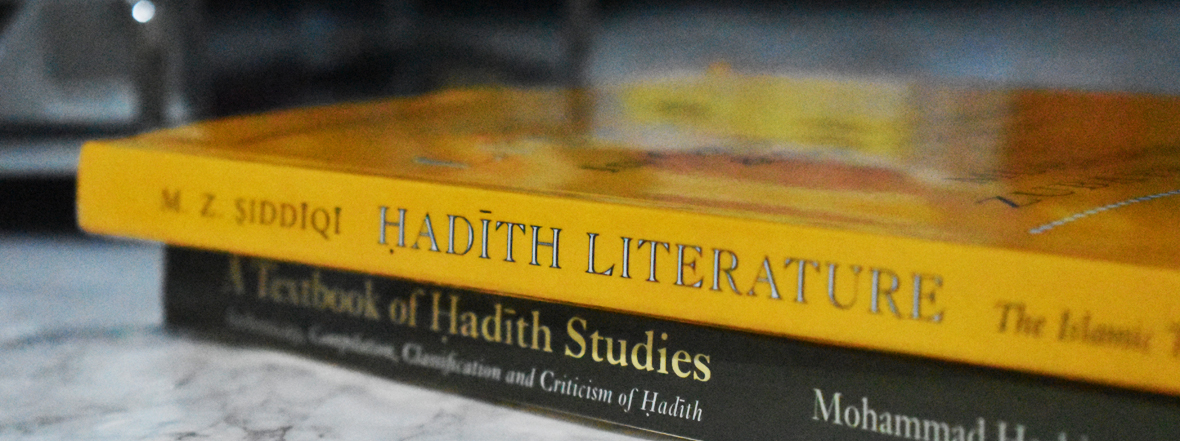بسم الله الرحمن الرحيم
Mishkāt al-Maṣābīḥ and The Criticism of Some of its Narrations based on the treatise of Ḥāfiẓ ibn Ḥajar
Overview
Mishkāt al-Maṣābīh (lit. the niche of lanterns) is a hadith collection originally compiled as Maṣābīḥ as-Sunnah (lit. the lamps of Sunnah) by Imām Muḥy as-Sunnah Abū Muḥammad Ḥusayn ibn Masʿūd al-Farrāḥ al-Baghawī (d. 1122) rahimahullah, a famous Tatar muḥaddith and mufassir from the senior Shawāfiʿ scholars. It was later refined and expanded by Imām Walī ad-Dīn Abū ʿAbd Allāh Muḥammad ibn ʿAbd Allāh al-Khaṭīb at-Tibrīzī (d. 1248) rahimahullah, who named the revised compilation Mishkāt al-Maṣābīḥ, as we know it today.
Organization of Masabih
In his Maṣābīḥ, Imām Baghawī rahimahullah only included the hadith matn (text). There was no mention of their sanad (chain of narration), ṣiḥḥah (authenticity), or marjaʿ (source). He categorised the narrations into two sections. In al-Faṣl al-Awwal (first section), Imām Baghawī rahimahullah gathered the aḥādīth he had collected from the Ṣaḥīḥayn and labelled them saḥīḥ (the authentic), and in al-Faṣl al-Thānī (second section) those collected from the Sunan Arbaʿah, Masānīd, and other books, which he labelled as ḥasan (the sound).
Mullā ʿAlī al-Qārī (d. 1605) rahimahullah writes in the Muqaddimah of his Mirqāt that although Imām Baghawī included many mursal and ḍaʿīf narrations in his Maṣābīḥ compilation, he made sure to indicate towards any narration he thought to be gharīb or ḍaʿīf.
Criticism of Masabih
Scholars after Imām Baghawī rahimahullah criticised his use of terminology since he included many ṣaḥīḥ narrations from the Sunan Arbaʿah under the ḥasan section and many ḍaʿīf narrations as well under either of the two sections. However, this was specific to Imām Baghawī’s use of terminology, because he collected the hadith mutūn (texts) and labelled them ṣaḥīḥ or ḥasan simply based on the marjaʿ, rather than utilising a specific takhrīj methodology or criteria.
Efforts of Imām Tibrīzī
Imām Tibrīzī rahimahullah was motivated by his teacher ʿAllāmah Ḥusayn ibn Muḥammad al-Ṭībī rahimahullah to revise Imām Baghawī’s Maṣābīḥ in accordance with the scholars’ criticism. Hence, Imām Tibrīzī added a third faṣl (section) which consisted of āthār (from the ṣaḥābah and tābiʿūn) and other aḥādīth that he felt fit into the chapter and provided further clarification. Additionally, in his own words: “وما أشار إليه، رضي الله عنه، من غريب أو ضعيف، بيّنتُ وجهه” – Imām Tibrīzī rahimahullah expounded Imām Baghawī’s reasoning for the narrations he indicated as weak or strange.
The total number of aḥādīth in Maṣābīḥ was 4434. After the additions Imām Tibrīzī made, the number of aḥādīth in Mishkāt totalled 5945. Citing Tārīkh al-Ḥadīth, the author of Mirqāt al-Mafātīḥ mentions that the total number of chapters in Mishkāt are 29, the abwāb 327, and the fuṣūl 1038.
Fabricated Narrations of Mishkāt
Does Mishkāt consist of any mowḍūʿāt? If so, how many?
The author of Mirqāt mentions that Mishkāt al-Maṣābīḥ has been accused of containing 18 mawḍūʿ (fabricated) aḥādīth. Imām Sirāj al-Dīn al-Qazwīnī rahimahullah has listed these 18 narrations and they can be found in the following chapters of Mishkāt al-Maṣābīḥ:
- under: Bāb al-Īmān bi ‘l-Qadr
- “
- under: Bāb at-Tatabbuʿ
- under: Bāb al-Bukāʾ ʿala ‘l-Mayyit
- under: Kitāb al-Ḥudūd
- under: Bāb at-Tarajjul
- under: Bāb at-Taṣāwīr
- under: Kitāb al-Ādāb
- under: Bāb Ḥifẓ ‘l-Lisān wa ’l-Ghībah
- under: Bāb al-Mufākhirah wa ‘l-ʿAṣabiyyah
- under: Bāb al-Ḥubb fi-llah wa min Allāh
- under: Bāb al-Ḥaẓar wa ‘t-Ta’anni fi ‘l-ʿUmur
- under: Bāb ar-Rifq wa ‘l-Ḥayāʾ
- under: Bāb Faḍl ‘l-Faqr wa mā kān fīh min ʿAysh-i Rasūlillāh (saw)
- under: Bāb al-Malāḥim
- under: Bāb Manāqib ʿAlī ibn Abī Ṭālib (ra)
- “
- “
Imām Ibn al-Jawzī concurs that two out of three narrations of ‘Bāb Manāqib ʿAlī ibn Abī Ṭālib (raḍī Allāhu ʿanh)’ are fabricated and he has listed them in his work al-Mawḍūʿāt.
Ḥāfiẓ ibn Ḥajar’s Treatise
Countering the accusations, Ḥāfiẓ ibn Ḥajar rahimahullah wrote a short treatise called Ajwibat Ḥāfiẓ ibn Ḥajar al-ʿAsqalānī ʿan aḥādīthi‘l-Maṣābīḥ, in which he attempts to prove that these 18 aḥādīth are not fabricated; some are just ḍaʿīf, some ḥasan, and some even ṣaḥīḥ.
He argues that the accused 18 narrations are void of the conditions through which a hadith is considered mawḍūʿ. He states that a hadith needs to contain at least one of the following defects to be considered mawḍūʿ: a fabricator admits to fabricating the hadith, extreme weakness in the wording or meaning of the hadith, at least one narrator in the chain is known for lying and no other hadith exists to support the narration, what has been narrated is completely against the authentically proven practices of Islam, or the hadith negates something that has been proven Islamically.
Additionally, Ḥāfiẓ ibn Ḥajar rahimahullah cites that scholars from amongst the authors of the six canonical hadith texts and other hadith works have authenticated the status of these aḥādīth. Half of them are found in Imām Abū Dāwūd’s Sunan, 14 in Imām Tirmidhī’s Jāmiʿ, two in Imām Nasāʾī’s Mujtabā, six in Imām ibn Mājah’s Sunan. Other muḥaddithūn have also narrated these aḥādīth in their ṣiḥāḥ works. Since none of these muḥaddithūn considered the accused narrations fabricated, they can be labeled ḍaʿīf at most. In reality, half of them are ḥasan due to supporting chains and some are even ṣaḥīḥ.
Several scholars have disagreed with Ḥāfiẓ ibn Ḥajar’s defense of the abovementioned aḥādīth and claim he has labeled many of them authentic despite inauthenticity.
In conclusion, labelling a narration “authentic” or “fabricated” depends on the criteria of individual muḥaddithūn. Since Imām Baghawī rahimahullah and Imām Tibrīzī rahimahullah have not mentioned their takhrīj conditions and guidelines, it is difficult to draw an exact number for any grade of narration in their works.
